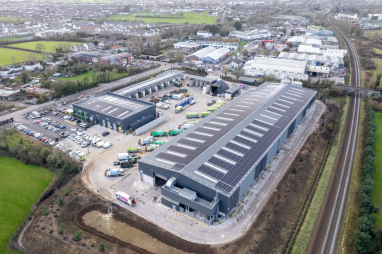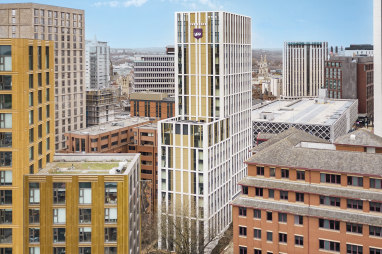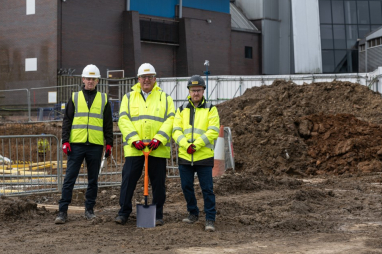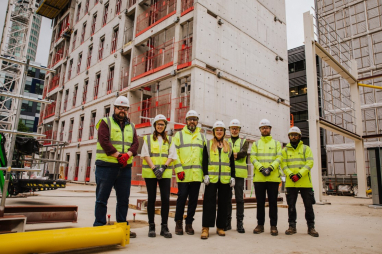- Adidas x Pharrell NMD HU Gold - adidas Nizza Platform Mid Parley Almost Blue W Release Date - SBD
- Nike Air Max 90/1 "University Red" Release Info - Nike Air Max 96 2 Women's Shoes White - StclaircomoShops
- Nike KD 15 Colorways + Release Dates , IetpShops , nike sb good skating pants
- nike outlet at tanger outlet mall
- Мужские россовки adidas decade hi b - Украина #28353944 , adidas Originals Vit t-shirt i boyfriend-modell med stor logga - ball оригинал кожа — цена 2900 грн в каталоге Кроссовки ✓ Купить мужские вещи по доступной цене на Шафе
- 554725 113 air jordan 1 mid white black 2020 for sale
- air jordan 1 mid chicago 2020 554724 173
- air jordan xxxv cq4227 004
- Air Jordan 1 Blue Chill Womens CD0461 401 Release Date 4
- Travis Scott Air Jordan 1 High OG CD4487 100 Release Date Price
- Home
- News and analysis
- Info hubs
- Events
- Video
- Case Studies
- About us
- Magazine
- Advertising
Produced for the industry by the Association for Consultancy and Engineering
News
Plans unveiled for world's tallest wooden skyscraper by 2041
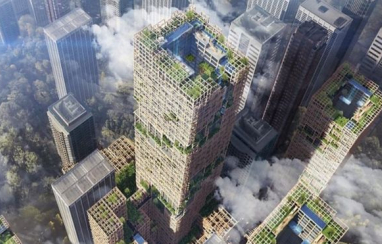
A Japanese company has announced plans for the world's tallest wooden building, a 1,148-foot skyscraper in central Tokyo.
Timber supplier Sumitomo Forestry this month revealed plans to create the 70-storey skyscraper to mark the firm’s 350th anniversary in 2041. There will be about 8,000 homes, with trees and foliage on balconies at every level, the firm has said. 90% of the structure would be made up from wooden materials and a “braced tube structure” would be fitted at the centre of a 350m wood and steel column to protect from earthquakes and wind.
The project is projected to cost 600bn yen, which amounts to approximately £4bn and the design is being undertaken in collaboration with Nikken Sekkei. It’s part of a drive encouraged by the Japanese government. In 2010, it passed the Promotion of Use of Wood in Public Buildings Act, which required all government buildings up to three stories high to be constructed with some use of wood.
Currently, Canada holds the world record for the world's tallest timber tower, at 164 feet tall. The 18-story Brock Commons Tallwood House, is a student residency found at the University of British Columbia (UBC), in Vancouver.
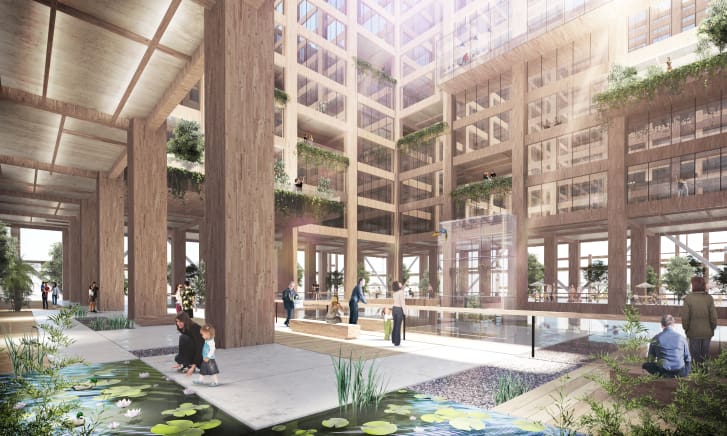
The facts and figures of the proposed skyscraper:
- Height: 350m
- Number of floors above ground: 70
- Building use: Stores, offices, hotels, residences
- Building area: 6,500 m2
- Design collaboration: Nikken Sekkei Ltd
- Amount of timber used: 185,000 m3
- Total construction cost estimate: Approximately 600bn yen
Sumitomo say the total construction costs of the skyscraper have been estimated to be almost double that of a conventional high-rise building constructed with current technology. However, going forward, it expects the economic feasibility of the project to be reduced by thanks to technological development.
In a press release issued by the company, it said: “The project offers the advantages of the re-use of timber, urban development that is kind for humans, and the vitalization of forestry. Wooden construction will increase through the optimal use of the strengths of trees. We will make every effort to further enhance fire and seismic resistance as well as durability, thoroughly reduce construction costs, develop new materials and construction methods, and develop trees that will be used as resources.”

